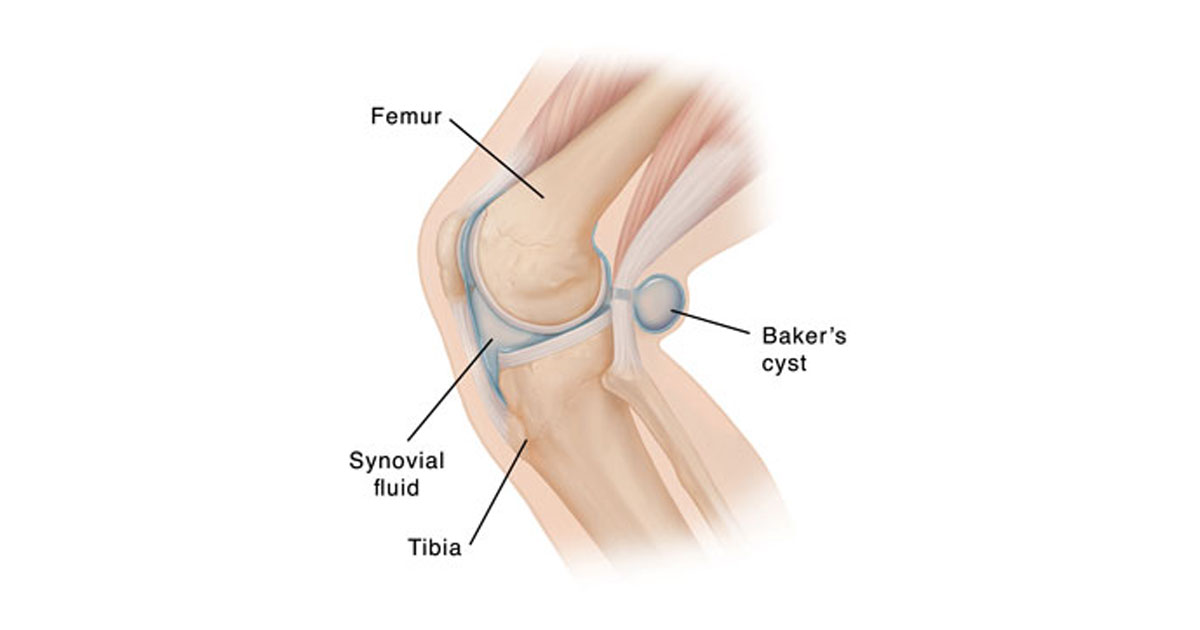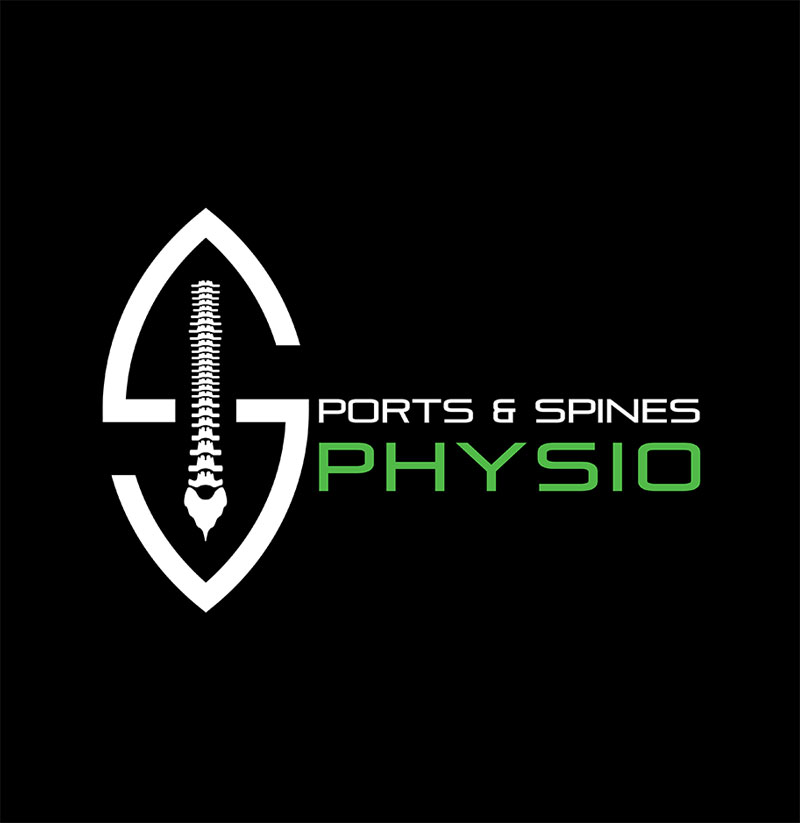
Bakers Cyst (or Popliteal Cyst)
When your knee produces too much synovial fluid, the excess fluid causes the bursa behind the knee to expand and bulge and is called a Bakers Cyst. Bursa are small fluid-filled sacs which cushion the joint and help reduce the friction between tissues caused by movement.
What causes a Baker's cyst?
Some of the common causes of a Baker's cyst include:
- injury – trauma or injury to the knee that can cause a build-up of excess fluid
- torn cartilage –cartilage is a thin cushion on the ends of your bones
- arthritis – particularly rheumatoid arthritis and osteoarthritis
- infection –can cause fluid to build up around the knee joint
- unknown causes – Baker's cysts can sometimes develop for no apparent reason.
A Baker’s cyst is often found during a physical exam or an ultrasound performed for other reasons. It may cause no symptoms at all or just a stiff bulge at the back of the knee, but it can also cause pain, swelling, and joint stiffness. Baker’s cysts aren’t dangerous and they may go away on their own. But occasionally they burst, and if that happens, synovial fluid can leak into the calf below, causing pain, swelling, and reddening. These symptoms resemble those produced by a blood clot in the calf, deep vein thrombosis (DVT).
How is a Baker's cyst treated?
Baker's cysts don’t always need treatment as they can get better and disappear on their own.
If treatment is required, options can include:
- treating the underlying cause – such as medication for arthritis or rest and ice for torn knee cartilage
- temporarily avoiding activities that aggravate your knee joint
- physiotherapy – which may include heat or ice treatment and exercises and stretches to maintain the mobility and strength of your knee
- using crutches – to take the weight off your knee
- cortisone injections – to reduce inflammation
- draining the fluid – by inserting a needle into the cyst
- surgery – may be required to remove the cyst if all other treatments haven’t worked.
